Mobile app development carries the torch for digital innovation in 2025, with more than 6 billion smartphone users all around the globe fueling the need for trouble-free and high-performing applications. Opting for the best tools for mobile app development is very important to create apps that catch the attention of customers in the competitive market.
The top mobile app development tools in 2025 cater to the needs of native app development, cross-platform app development tools, hybrid app development tools, and UI/UX design tools for mobile apps, regardless of whether you are developing for iOS, Android, or both.
Informed by the insights of industry leaders like Apps Cre8ve have the certified teams of mobile app developers in Texas, this guide tracks down the latest app development tools, app development frameworks 2025, and app development trends 2025 to aid you in making grounded decisions.
Besides, we will discuss Flutter vs React Native 2025 and share with you some tips on how to choose the right app development tool for your project.
“According to Statista, the global mobile app industry is expected to generate a revenue of USD 781.70 billion by 2029, making it an increasingly attractive avenue for entrepreneurs looking to scale their businesses through mobile solutions.”
Why the Right Tools Matter in 2025

The mobile app development software 2025 landscape is exceedingly dynamic and is very much influenced by innovations like AI integration, augmented reality (AR), and progressive web apps (PWAs), which are the major factors in shaping the future.
Choosing the appropriate mobile development platforms guarantees not only quicker development cycles and more cost-efficient operations but also better user experiences.
Regardless of whether you are a startup or an enterprise, employing open-source app development tools, app prototyping tools, or native app development solutions can be a deciding factor for your project’s success.
Native App Development Solutions
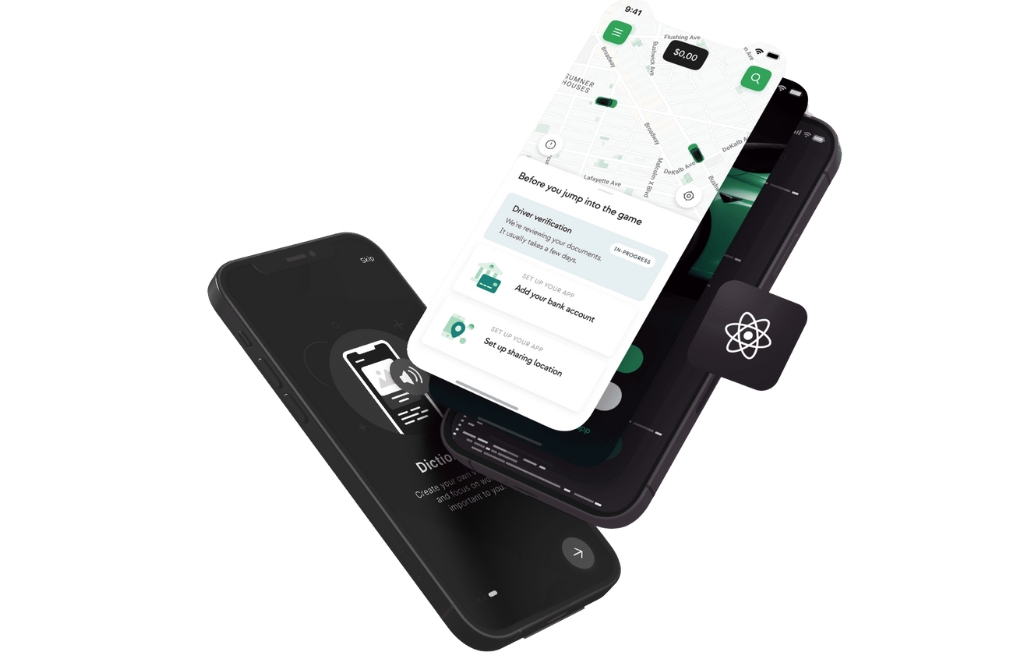
Native apps, designed only for iOS or Android, provide the highest performance that cannot be matched and allow to use of features that are unique to the platform. Here’s a quick look at the best mobile app development tools for building native apps in 2025, all laid out side-by-side.
Android Studio: The Android Developer’s Choice
Android Studio, the primary IDE of Google, still forms the foundation of the Android and iOS app development tools (through plugins). It enables Kotlin, Java, and C++ and provides a powerful environment for creating high-performance Android applications.
Developers love it because of its features, such as a visual layout editor and Firebase integration, which make their work easier.
Xcode: Apple’s Powerhouse for iOS
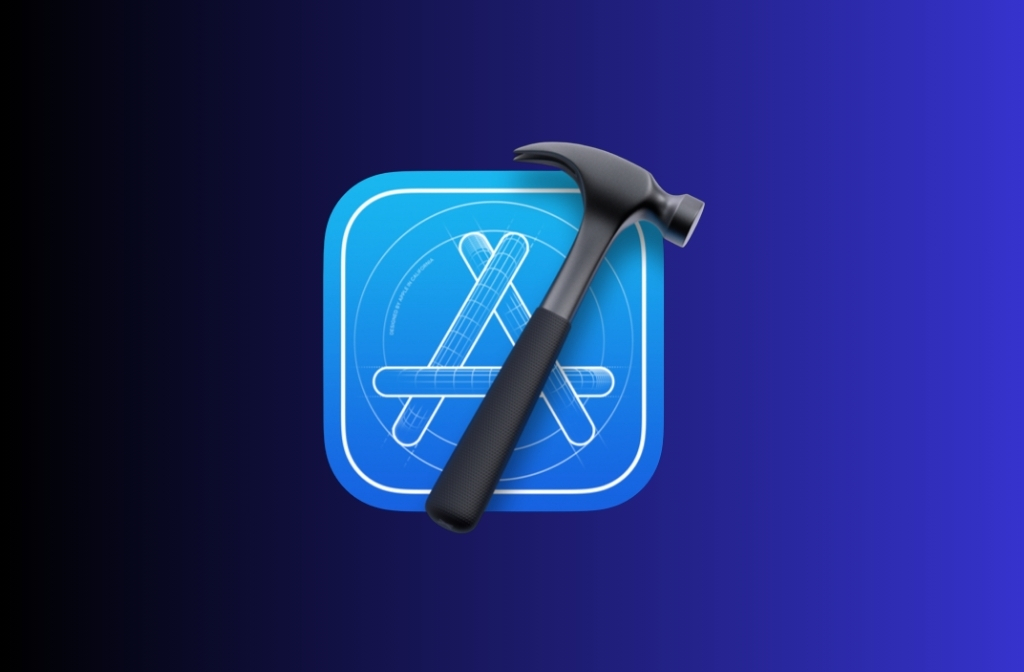
Xcode, Apple’s IDE, is designed specifically for iOS, macOS, watchOS, and tvOS applications. It is Apple’s Swiss Army knife for building apps on iPhones. Besides supporting Swift and Objective-C, Xcode’s SwiftUI framework and the simulator are perfect for building smooth iOS apps that are compatible with Apple’s ecosystem.
| Tool | Supported Platforms | Languages | Key Features | Best For |
| Android Studio | Android | Kotlin, Java, C++ | Gradle build system, emulator, Firebase integration, and visual layout editor | Android developers, scalable apps |
| Xcode | iOS, macOS, watchOS | Swift, Objective-C | SwiftUI, XCTest, ARKit integration, simulator | iOS developers, Apple ecosystem |
Cross-Platform App Development Tools
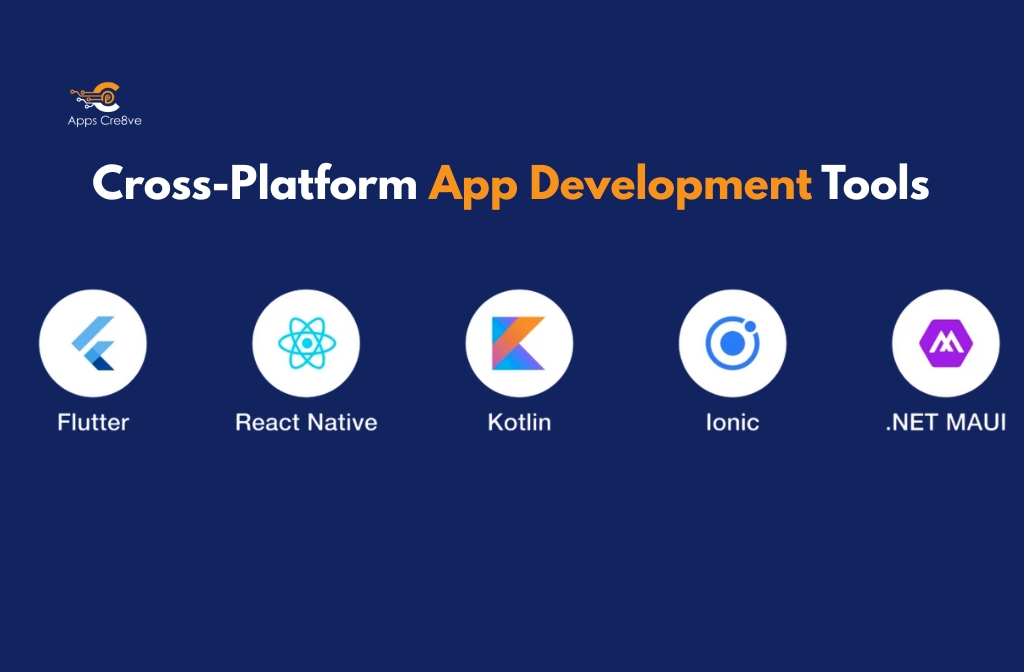
Cross-platform app development tools enable developers to create a single codebase for iOS, Android, and web, which results in time and resource savings. Today is 2025, and Flutter vs React Native 2025 still attracts a lot of attention. So, here’s the lowdown on the best tools for mobile app development out there, plus a comparison table for folks who love a good side-by-side.
Flutter: Google’s UI-Centric Framework

Flutter, powered by Google, uses the Dart language to create visually stunning, cross-platform apps with near-native performance. Its hot reload feature and extensive widget library make it a top choice for app development frameworks in 2025.
Flutter, which is run by Google, is based on the Dart language to build visually attractive, cross-platform applications with almost-native performance. If you’re jumping into app dev in 2025, skipping Flutter would just be silly. Hot reload feature and big widget library have made it a leading option among app development frameworks in 2025.
React Native: JavaScript-Driven Development
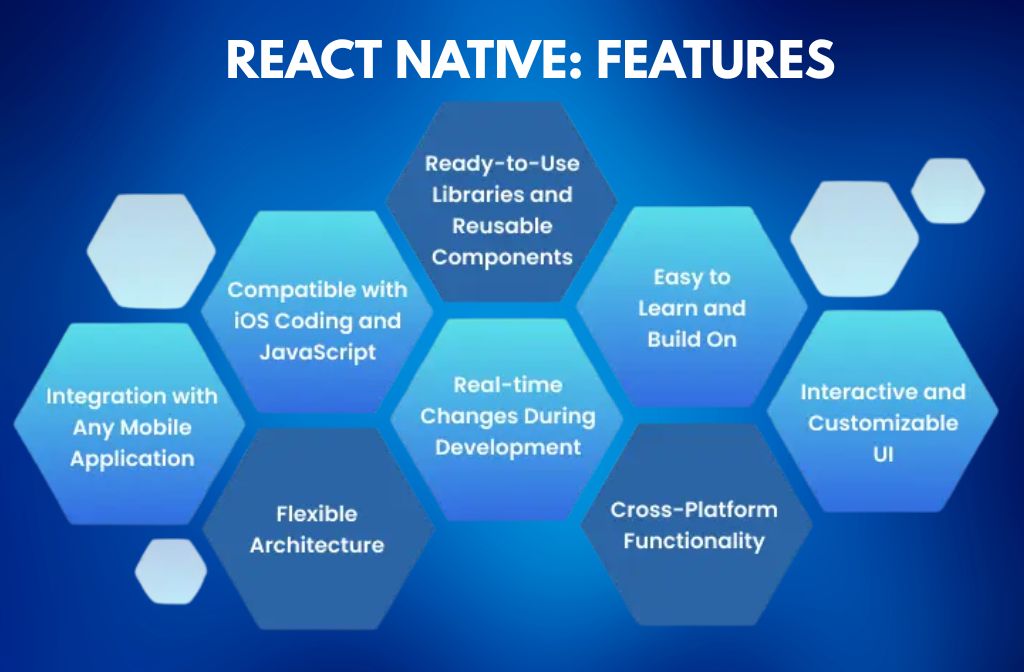
Facebook-supported React Native uses JavaScript to create cross-platform applications that feel and look native. It is perfect for quick growth because of its connection with Expo and strong community support.
| Tool | Supported Platforms | Languages | Key Features | Best For |
| Flutter | iOS, Android, Web | Dart | Hot reload, rich widget library, native performance, Skia graphics engine | Complex UI, fast prototyping |
| React Native | iOS, Android, Web | JavaScript, TypeScript | Hot reloading, Expo integration, reusable components, large community | JavaScript developers, rapid dev |
Flutter vs React Native in 2025
When deciding on Flutter or React Native in 2025, take into account:
- Flutter: Most suitable for custom, visually demanding UI designs that deliver consistent performance across all platforms. If you want to build an app that pops—Flutter’s your ticket. Its Dart-based environment may necessitate learning, however, it provides exact control.
- React Native: Best-loved by teams that have JavaScript skills and want to develop prototypes quickly and use a huge library ecosystem. It is best suited for apps that are going to combine with web codebases.
Hybrid App Development Tools
Hybrid app development tools are a combination of native and web technologies, allowing apps to operate not only as PWAs but also as mobile apps. Such tools are a compromise between performance and development speed.
Ionic: Flexible and Web-Friendly
Ionic is a flexible hybrid app development tool that supports Angular, React, and Vue.js and is based on Apache Cordova. Native functionality is made possible via its Capacitor plugin and user interface elements.
Xamarin: Microsoft’s C# Solution
Xamarin, which is also tied up with Visual Studio, employs C# to create cross-platform applications that can share code for up to 90% reuse. It is best suited for .NET developers who want to get native API access.
| Tool | Supported Platforms | Languages | Key Features | Best For |
| Ionic | iOS, Android, Web | JavaScript, TypeScript | Capacitor for native access, UI component library, PWA support | PWAs, web developers |
| Xamarin | iOS, Android, Windows | C# | Xamarin.Forms, native API access, Visual Studio integration | .NET developers, enterprise apps |
App Prototyping Tools
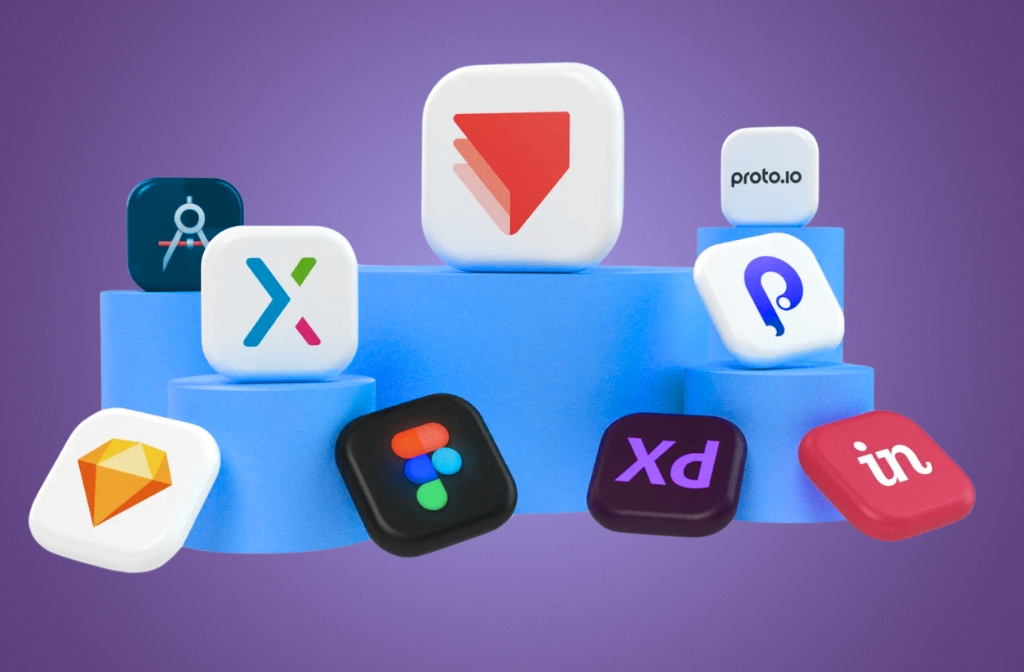
App prototyping tools help confirm concepts and improve user journeys without investing in complete development. They are a must-have for visualizing functional mockups.
Figma: Collaborative Design Powerhouse
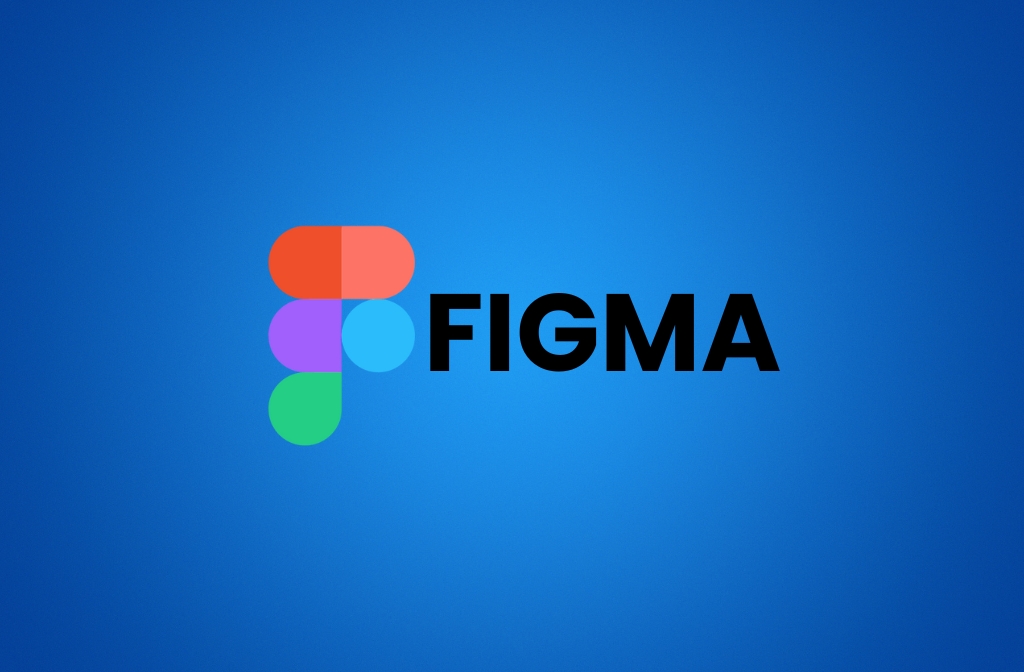
Figma is a cloud-based UI/UX design tool for mobile apps that allows for interactive prototyping and real-time collaboration for mobile apps. Figma’s got plugins that’ll pretty much fast-track your Design-to-code. Saves a ton of hassle.
Adobe XD: Streamlined Prototyping
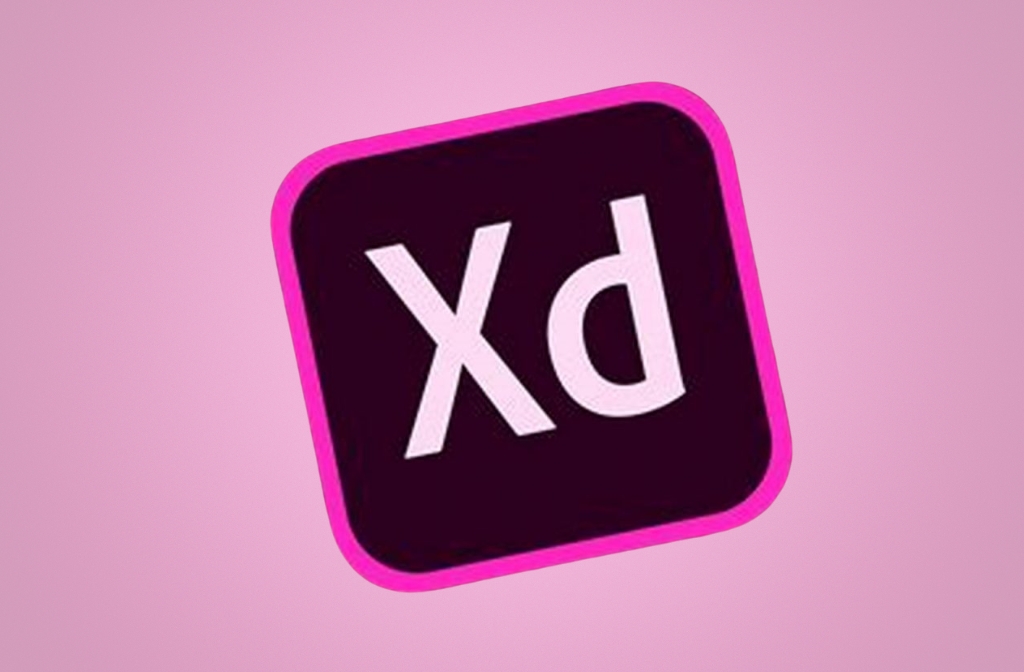
To design engaging mobile experiences, Adobe XD is the best tool because it simplifies the wireframing and prototyping process by utilizing features such as auto-animate and cloud-based sharing.
| Tool | Key Features | Best For |
| Figma | Real-time collaboration, interactive prototypes, plugin ecosystem | Team collaboration, cross-platform |
| Adobe XD | Auto-animate, cloud sharing, Creative Cloud integration | Designers in the Adobe ecosystem |
UI/UX Design Tools for Mobile Apps
Creating intuitive interfaces is key to user retention. In 2025, UI/UX design tools for mobile apps focus on seamless design-to-development handoffs.
Sketch: macOS Design Leader
Sketch is perfect for designing iOS apps that adhere to Apple’s specifications because it provides symbol-based design for reusable user interface components.
Zeplin: Design-to-Development Bridge
Zeplin carries out the process of designing style guides and code snippets, which help in maintaining consistent design across various platforms.
| Tool | Key Features | Best For |
| Sketch | Symbol-based design, plugin library, export to CSS/SVG | iOS app design, scalable UI |
| Zeplin | Automated asset generation, code snippets, Figma/Sketch integration | Design handoff, team workflows |
App Development Trends in 2025
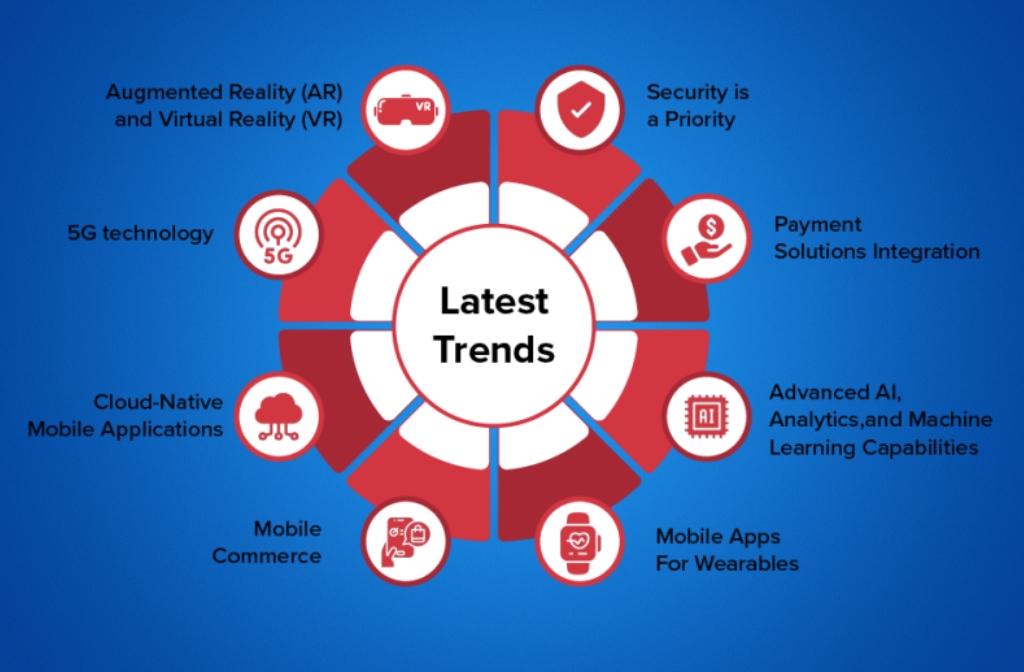
The app development trends 2025 point out AI-powered functionalities, AR/VR fusion, and low-code environments. Such technologies as Vuforia for AR and Appy Pie for no-code are on the rise. BuildFire.js is an open-source app development that provides low-cost customization, and PWAs are still gaining ground.
How to Choose the Right App Development Tool
The choice of software for mobile app development 2025 is influenced by these tools. Here’s the lowdown:
- Project Scope:utilizing cross-platform (Flutter, React Native) tools for multi-platform reach; native tools (Android Studio, Xcode) for platform-specific apps.
- Team Skills: Don’t make your JavaScript wizard mess with C#. Delegate the appropriate tools according to the skills of the employees (e.g., C# for Xamarin, JavaScript for React Native).
- Budget: Paid platforms like Ionic may offer more features, but open-source app development tools like Flutter are cheaper.
- UI/UX Needs: For heavily design-oriented projects, utilize app prototyping tools such as Figma.
- Scalability: Make sure tools are capable of accommodating not only today’s but also future changes in the platform.
Final Verdict
Always select the top mobile app development company in Texas. The best tools for mobile app development in 2025 enable developers to produce high-quality apps with great time efficiency. The list of tools includes native app development solutions such as Android Studio and Xcode, cross-platform app development tools such as Flutter and React Native, and hybrid app development tools such as Ionic, which cater to diverse needs.
App prototyping tools and UI/UX design tools for mobile apps, e.g., Figma and Zeplin improve cooperation and design quality. By combining your selection of app development trends 2025 and project requirements, you are able to develop apps that fascinate users and prosper in a fiercely competitive market. Choose smart, and maybe—someone will actually use what you build.
FAQs:
Which will be the best tools for mobile app development in 2025?
Flutter, React Native, Android Studio, Xcode, and Ionic are the leading names in the mobile app development sector, and they are still unbeatable in terms of features for developing native, cross-platform, and hybrid apps.
What is a good cross-platform app development tool for those who are at the beginning stage?
React Native is considered to be good for beginners due to its JavaScript, big community, and the possibility to use Expo, which allows creating quick iOS and Android apps.
What is the difference between Flutter and React Native in 2025?
While React Native, which is best suited for JavaScript developers, offers quicker development and wider library support, Flutter shines at custom user interface and performance.
Can you name the best tools for UI/UX design of mobile apps?
Undoubtedly, Figma and Adobe XD are the most popular software in their niche. Both provide excellent collaboration functionalities, which allow for easy prototyping and debugging as well as seamless integration with development frameworks like Flutter.
What are the benefits of open-source app development tools in 2025?
Open-source utilities like Flutter and BuildFire.js not only provide budget-friendly, customizable solutions with vibrant community support but also empower you to develop scalable and cost-effective apps.
